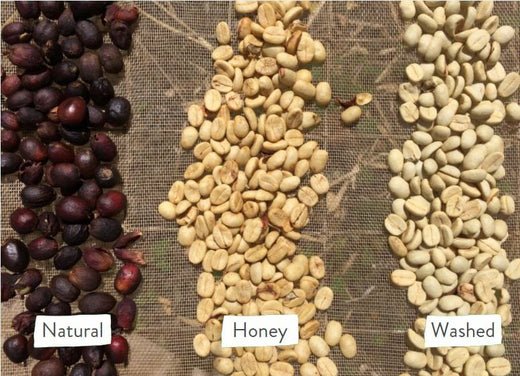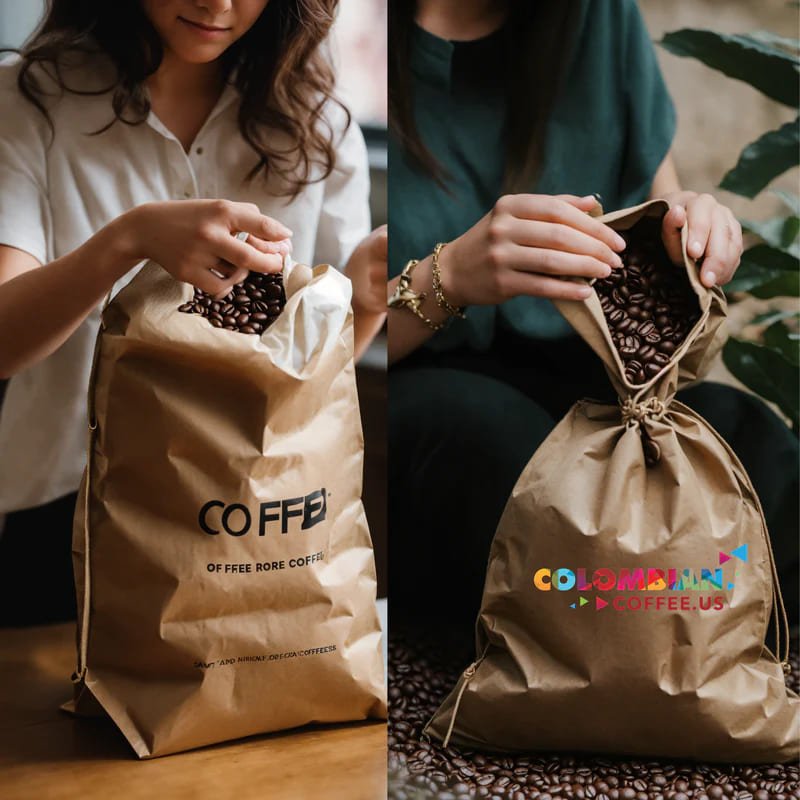Without picking sides, I will take you to a journey where you will find the most important and known varieties of coffee beans with their unique characteristics and romance that will help you understand these two amazing coffee types, their main differences, being both great in their specific profile. Coffee, the beloved beverage that fuels our mornings and punctuates our afternoons, is as diverse as the cultures that embrace it. Among the myriad of coffee varieties, Arabica and Robusta stand out as the two primary species, each bearing its own distinct characteristics and captivating narratives. In this exploration, we delve into the depths of Arabica and Robusta coffee, unraveling their origins, flavors, cultivation methods, and cultural significance. Join us on a journey through the lush coffee landscapes as we uncover these two important coffee varieties.

Arabica (Coffea arabica) and Robusta (Coffea canephora) coffee beans trace their roots to different regions of the world, each contributing to their unique attributes. Arabica, hailed as the aristocrat of coffee, finds its origins in the misty highlands of Ethiopia, where legend intertwines with reality in the discovery of the coffee plant by an observant goatherd centuries ago. Robusta, on the other hand, thrives in the equatorial climates of Central and Western Africa, particularly in countries like Uganda, Ivory Coast, and Vietnam.
The cultivation methods for these two species also vary significantly. Arabica beans are typically grown at higher altitudes, where cooler temperatures and ample rainfall create ideal conditions for their delicate nature. Farmers meticulously tend to Arabica plants, sheltering them from harsh sunlight and pests while nurturing the cherries to ripeness. In contrast, Robusta plants endure the sweltering heat of lowland regions, where they exhibit remarkable resilience to pests and diseases. This hardiness allows Robusta to flourish in environments where Arabica struggles to survive.

And when we talk about Flavor profiles, the essence of Arabica and Robusta coffee lies in their distinct flavor profiles, a testament to their respective terrains and genetic compositions. Arabica beans boast a spectrum of flavors, ranging from floral and fruity to chocolate and nutty undertones. Connoisseurs savor the smooth, nuanced taste of Arabica, which often exhibits a pleasant acidity and a lingering sweetness on the palate. The higher acidity of Arabica coffee contributes to its brightness and complexity, making it a favorite among aficionados seeking sensory delight.
In contrast, Robusta beans offer a bolder, more robust flavor experience. With its earthy, woody notes and a hint of bitterness, Robusta coffee makes a memorable impression on the senses. The robustness of Robusta stems from its higher caffeine content and lower acidity, resulting in a full-bodied brew that resonates with those who prefer a stronger, more pronounced taste. Despite its boldness, Robusta coffee possesses a distinct charm, evoking a sense of depth and intensity in every sip. Beyond the realm of flavor, Arabica and Robusta coffee carry profound cultural significance, weaving themselves into the fabric of communities worldwide. Arabica, with its rich history and association with specialty coffee, embodies the artistry and craftsmanship of coffee culture. From the bustling cafes of Europe to the serene plantations of Latin America, Arabica coffee fosters a sense of appreciation for the finer nuances of the bean.
In contrast, Robusta coffee occupies a prominent place in the global coffee landscape, serving as the backbone of many espresso blends and instant coffee formulations. Its robust flavor and high caffeine content make it a staple in households and cafes alike, providing a bold and invigorating start to the day. Robusta's resilience and accessibility contribute to its widespread popularity, offering an affordable and dependable option for coffee enthusiasts worldwide.
Robusta coffee is cheaper to buy; It comprises around 40 per cent of global coffee beans. Expect bitter flavors of smoke and pepper. While Arabica coffee is considered Superior in flavor and popularity. You’ll detect notes of chocolate, fruit, nuts, or caramel.
In the timeless debate of Arabica versus Robusta coffee, there are no winners or losers, only an appreciation for the diversity and complexity of the coffee world. Arabica captivates with its elegance and refinement, while Robusta commands attention with its strength and resilience. Together, these two species form the foundation of coffee culture, inviting us to explore the depths of flavor and the richness of tradition with every cup. Whether you savor the delicate notes of Arabica or embrace the boldness of Robusta, let your coffee journey be a celebration of diversity, discovery, and delight.

So now that you know a bit more of these two varieties and their distinct characteristics, let me us invite you to try both and see for yourself the great different flavors and aromas that each can have and you can enjoy.



